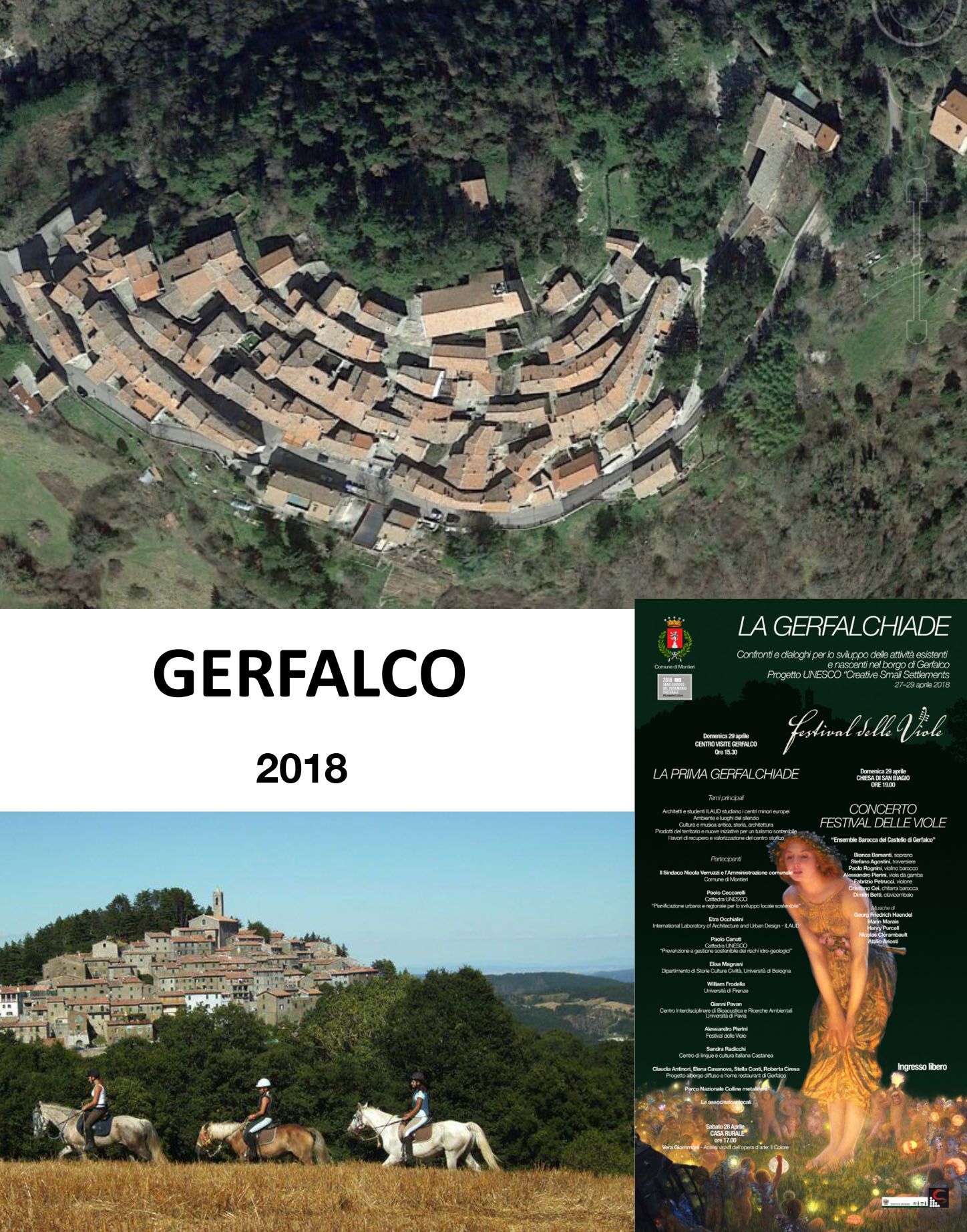Gerfalco is a village in the Apennines in Tuscany. Forestry, charcoal production, sheep farming were its economic resources until recently. One century ago more than 1,000 people lived there, today they are less than 200. In the Summer tourists join the local population.
Due to its geographical isolation Gerfalco is characterized by two elements (generally considered negative): it is extremely silent and it is located in one of the darkest areas of the Italian peninsula.
Few years ago, some viol players ( the viol is an instrument of great importance for the Renaissance and Baroque music. It has a sound similar to the human voice) attracted by the quietness of the place started refresher courses of ancient instruments and a viol festival. This initial embryo created the premises for further developments. The inhabitants of Gerfalco and neighbouring villages through a bottom-up participation process decided that the human-like sound of viols, coupled the silence and the darkness of the site, were important and rare resources in a world increasingly polluted by noise and lighting. “The sound of silence” then became the motto of a project based on silence, darkness, and sound of human voice (and similar instruments) as resources for innovative activities.
This led to two lines of initiatives intertwined with each other.
The first aims to make of Gerfalco a training location for students in the field of bio and eco-acoustics, but also a place for studying and treating pathologies originated by noise pollution, a non-marginal cause of cardiovascular diseases. Since these initiatives involve universities and research centres, there is the possibility that more permanent workshops develop.
The second line of action: to strengthen music-related initiatives, since silence is a key component of music. Training courses and concerts can take place during the whole year; musical ensembles can have their permanent headquarters in Gerfalco; elocution and language courses can be offered.
These initiatives suggest the opportunity of fixing and refurbishing the existing housing stock to accommodate students and visitors but also to attract potentfor improving the ial new residents looking for a very relaxing place for smart-working.
The workshop focused on different aspects of a strategy to enhance the quality of local life and increase the attractiveness of Gerfalco. Teams of students and instructors worked on the landscape and natural environment surrounding the village, the reorganization of public spaces, new facilities for a more permanent tourism. The local community was actively involved in this exercise.
This work was useful for applying for EU funds.
